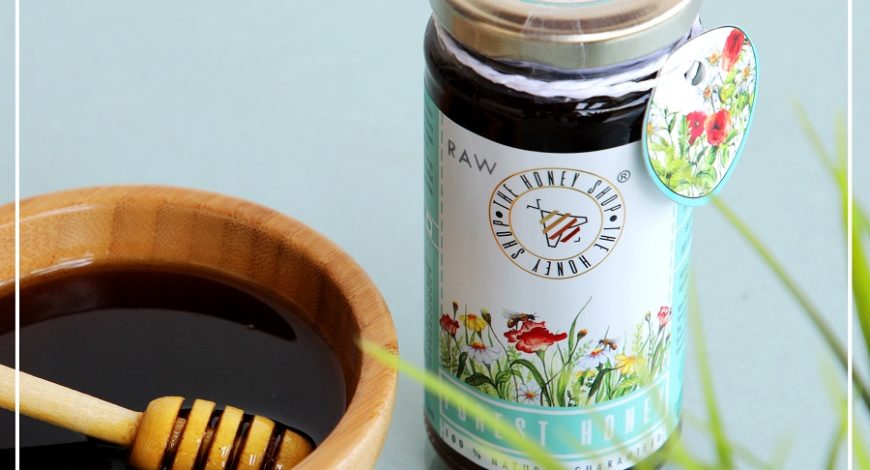Honey not only comes with centuries of validation for its health benefits but also brings along a handful of myths. The myths and the facts have been intertwined for so long now that it has become impossible to segregate the right from the wrong. What’s your point of validation? Something you read on the internet or a piece of information narrated by your grandmother. We say, it’s time tackle some popular myths about honey with the help of concrete facts and science. So here we are, ready to bust some baseless notions.
Myth 1: Crystallized honey is bad
When honey is a clear liquid, it is pure and when it crystallizes, you decide to throw it away. Aren’t we just too judgmental at times? Crystallization of honey is a completely natural process as it is nothing but a super saturated solution of two sugars – Fructose and Glucose.
Every honey has these two sugars in different ratios (making more than 70% of honey together) and the extent of crystallization depends on their individual concentrations. Crystallization is actually glucose separating out, as it is less soluble in water as compared to fructose. It in no way affects the quality, benefits or taste of honey. Another interesting fact here is that if pure crystallized honey is exposed to sun for a few hours, it becomes a clear solution again, naturally. That is one of the best test for pure honey.
There are many brands across the globe selling crystallized Honey. Many consumers in and Europe and America prefer crystallized honey as it is easily spreadable on bread and toast.
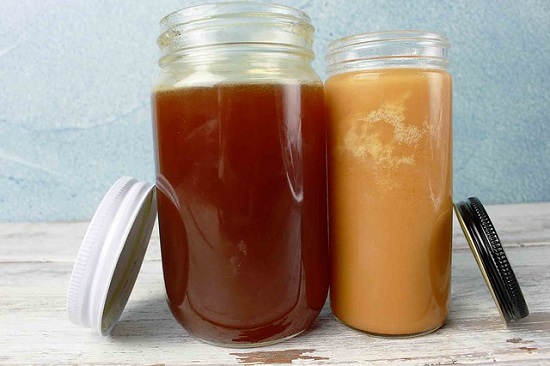
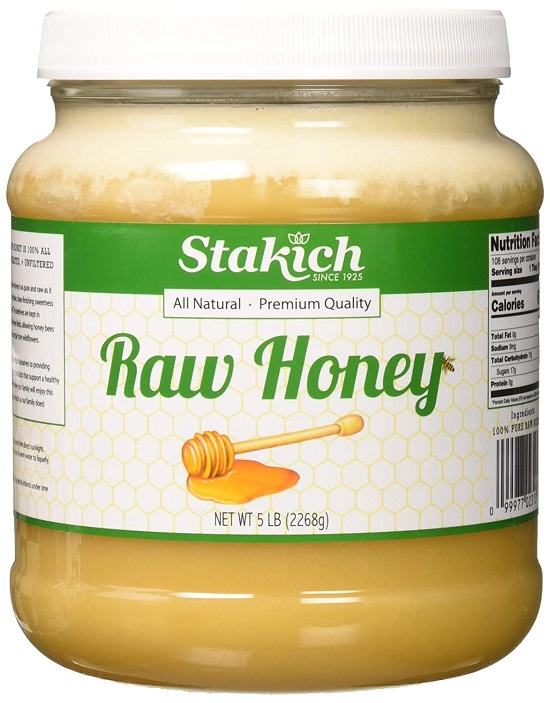
Myth 2: All honeys taste and look the same
All you need is a bit of logic here. Where does honey come from? Flowers – yes correct. Now, are all flowers the same? There’s your myth buster. There are varied types of honey, having different taste, colour and aroma. As the source of honey changes (nectar), the honey changes too. For example, sunflower honey will taste and look completely different from eucalyptus honey. Interestingly, same type of honey can taste and look different depending upon the season and region from where the bees have collected the nectar.
Most manufacturers process natural honey with flavouring and colouring agents to keep it uniform. That’s how you get same tasting honey, with every bottle.

Myth 3: Only thick honey is pure
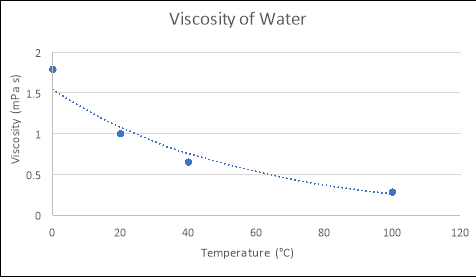
Now, just like we saw how change in the source (nectar) can affect the colour and taste of honey, similarly it affects the viscosity of honey too. We just told you that most of honey is sugar (glucose and fructose) and very little of it is water. The viscosity of honey is determined by how much of sugar is present in the nectar and by their individual concentrations. For example, ajwain honey is much thicker than acacia honey or cotton honey.
The marketed preparations offer the same viscosity all year round. They add thickening agents to honey or heat it until the desired viscosity is achieved, thus destroying its health benefits too
Myth 4: Pollen in forest honey is an impurity
To bust this myth, you first need to understand what pollens are. Bees collect pollen when they settle down on flowers to collect nectar. Numerous tiny floral pollens come together to form a ball of bee pollen. Bees takes these pollens to the hives where they are stored and used for nourishment. Bee pollens are acclaimed globally to be a complete health food. Now, when forest honey is collected, it is packed without any filtration or post processing, thus retaining the bee pollen as well. Hence, presence of pollen is actually a sign of extreme purity, not impurity.
Manufacturer subject collected honey to destructive processes like ultra-filtration, which removes the pollens to have clear honey. While this looks more aesthetics, it has been snatched of its natural goodness.
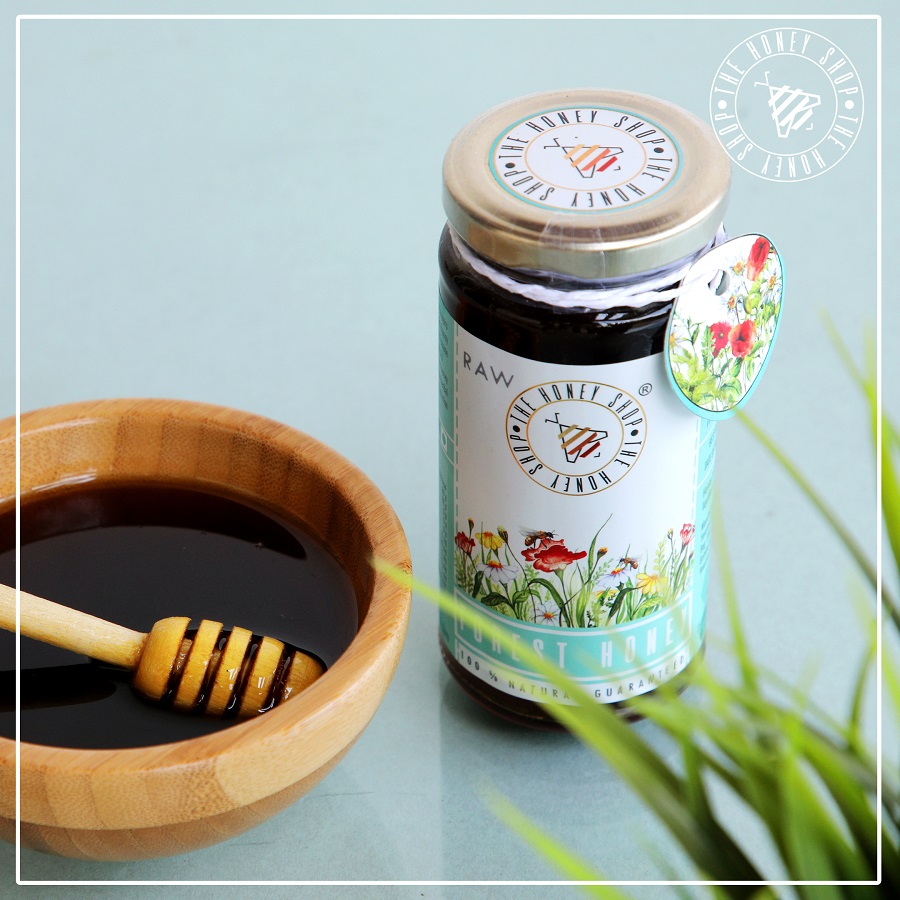
Myth 5: Testing of Honey
Pure honey doesn’t dissolve in water instantly, it doesn’t crystallize, it is flammable, so on and so forth. You might find thousands of household tests to ascertain purity of honey but they are futile. Manufacturers are smart and they have learnt how to tackle these tests with advanced adulteration techniques. Rely only on chemical tests to know about honey.
FSSAI approved laboratories are the most reliable ones to give you purity results for any honey. Even if the honey has been tested by the seller, you can still go ahead, take the product to any FSSAI lab, and get it tested. This kind of double check will help you to identify the authentic sellers and be more confident with your choices.

